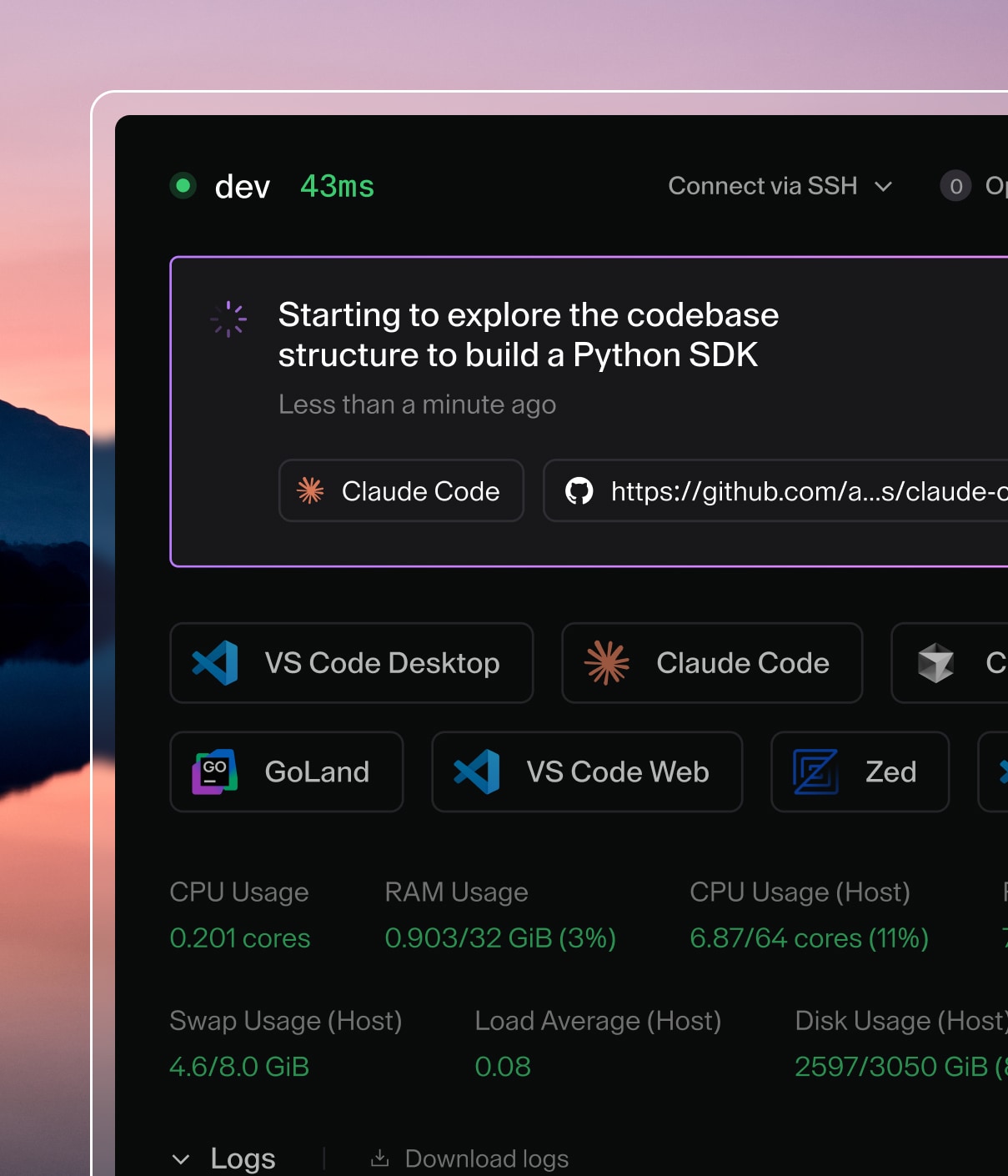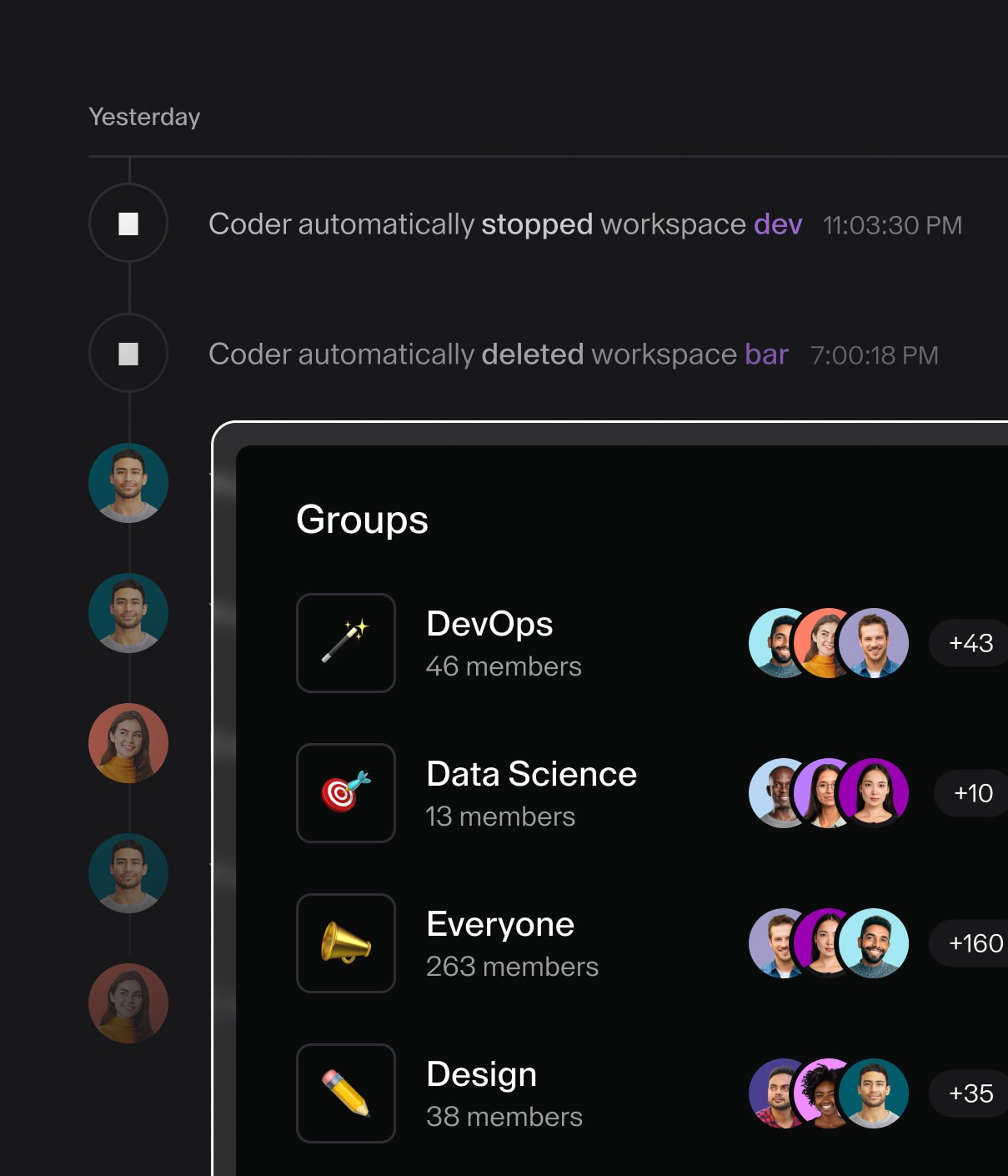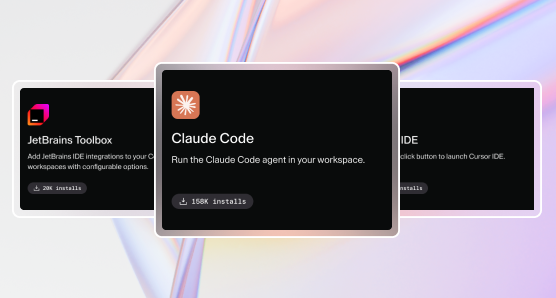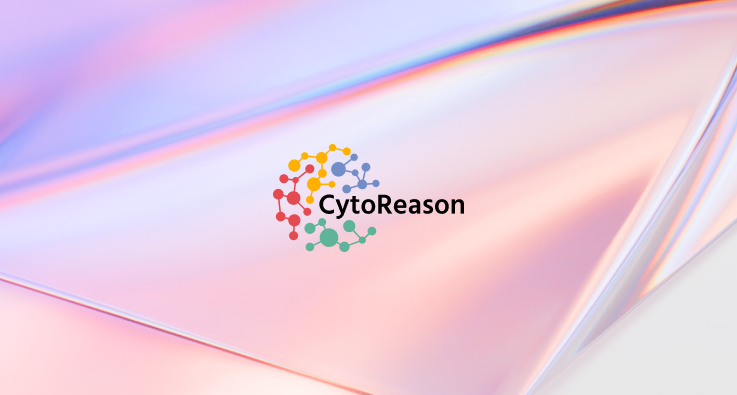
A Prescription That Reduced Cloud Spend by 60%
Leading biopharma tech company uses Coder to support AI-driven computational disease modeling across 13 teams, boosting performance, control, and developer satisfaction
Overview
CytoReason is a leading biopharma tech company that develops an AI platform of computational disease models. With its extensive databases of public and proprietary data, CytoReason maps human diseases, tissue by tissue and cell by cell. Researchers, scientists, program leaders, and C-level executives in the biopharma industry use this technology to make decisions and gain insight across the drug development life cycle.
Yoni Rabinovitch leads the Software Infrastructure Team at CytoReason. His team is responsible for managing the systems that support the development and deployment of CytoReason’s unique technology. Yoni himself is responsible for providing infrastructure for development environments.
A wide range of people use development environments at CytoReason. Among 80 users across 13 teams, there are bioinformaticians, biologists, data engineers, data scientists, full-stack developers, platform engineers, and DevOps. CytoReason runs its technology in the cloud. It’s the only way to work with large, diverse datasets and the heavy, complex computations that go along with them. As a result, the company’s development infrastructure needs to build, test, and deploy securely and efficiently.
Challenges: Inflexibility from an opinionated IDE
CytoReason’s journey to adopting Coder is a familiar one. It began with the need to overcome the limitations of developer laptops, which are unable to keep pace with the growing complexity of production environments. This led CytoReason to build a homegrown cloud development environment (CDE). But maintaining it became a burden.
In 2019, to meet the unique requirements in biopharma technology, CytoReason adopted a commercial cloud development environment (CDE) tailored to bioinformatics. Initially, the solution delivered strong value. But over time, it began to drift from CytoReason’s evolving requirements. As Yoni puts it, the platform became too "opinionated". It was great at solving certain problems, but not flexible enough to support the company’s diverse workflows. Meanwhile, new features were added to the CDE that overlapped with tools that CytoReason was already using. Effectively, CytoReason was paying for functionality they didn’t need. The platform also ran on AWS, while CytoReason preferred Google Cloud Platform (GCP) as its cloud provider in this case.
Beyond the limitations of the CDE, CytoReason also faced challenges common to many development teams. With a wide range of teams came a wide range of needs for development environments resulting in no unified, company-wide onboarding process. Each team maintained its own guides and troubleshooting documentation.
By the end of 2023, Yoni began the search for a new platform to manage development environments.
Solution: Flexibility is the cure
Yoni evaluated several commercial solutions but found them too rigid. When he came across Coder, he found the CDE platform CytoReason had been looking for. He was drawn to the flexibility: Coder workspaces can include anything that can be provisioned with a Terraform template. Plus, Coder is self-hosted and self-managed, giving CytoReason greater control over features, costs, and security.
The moment I saw Coder, it felt like exactly what we needed. We were looking for a platform that would let us easily build the CDE we wanted.
Yoni Rabinovitch, Software Infrastructure Team Leader
Yoni led the migration to Coder. At the end of 2023, he deployed Coder on Google Kubernetes Engine (GKE) and created multiple templates for customized development environments. He then beta-tested Coder with 10 users from different teams before onboarding the rest of CytoReason. Within nine months, he was able to fully decommission the previous bioinformatics CDE.
From a single platform, Yoni now provides development environments for every layer of product development, from developers to data scientists, to his own team:
- Machine learning bioinformatics pipelines
- Agentic AI tools
- Pipelines for data engineering and extract/transform/load (ETL)
- Full-stack development for a suite of web apps
- Infrastructure-as-code (IAC), including Coder itself
In addition to moving development back to GCP, CytoReason was able to choose each platform and tool in its development environment:
- Versioning and CI/CD: GitHub
- IDEs, both browser-based and native apps: RStudio, PyCharm, code-server, Cursor, VS Code Desktop, WebStorm, and JupyterLab
- Existing in-house solutions, GCP, and third-party tools
Yoni took advantage of the Coder Registry, which makes it easy to extend development environments with ready-to-use, easy-to-configure modules and templates. To give users an easier self-serve experience—and help them keep an eye on resource usage and cost—Yoni also wrote Coder apps for GKE Console and Cloud Costs.
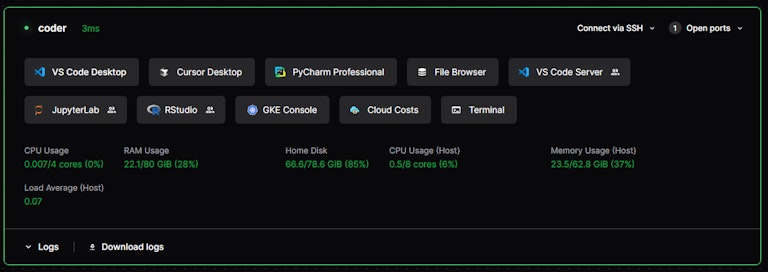
Coder’s consistency and centralized setup also simplified onboarding. Yoni replaced a myriad of internal knowledge base pages with a single user guide and FAQ.
Results: Saved time, reduced spend, higher satisfaction
Since switching to Coder, CytoReason’s developer environments are faster and easier for users to get started, simpler for the Software Infrastructure Team to manage, and more cost-effective overall.
Coder came in and delivered exactly what we needed—a flexible, customizable platform that lets us decide what functionality to give our users, instead of relying on a third party to decide for us.
Yoni Rabinovitch, Software Infrastructure Team Leader
Productivity and performance
Coder runs on infrastructure that CytoReason already uses and knows well. From a single platform, Yoni is able to meet the unique needs of a wide range of users.
This flexibility lets CytoReason widen the scope of the development environment. Because the environment runs on Kubernetes, users can easily access high-cost cloud resources like GPUs or machines with large amounts of CPU or RAM. Coder automatically releases these expensive resources when not in use.
Spend and security
Migrating to Coder has reduced CytoReason’s CDE costs—including licensing, cloud usage, and maintenance—by over 60%. Centralized management of workspace templates makes it easy to ensure that critical security updates are rolled out across all users. To meet data isolation requirements, CytoReason uses immutable workspace settings to identify which environments have access to specific types of data.
Onboarding and user satisfaction
Users can now start a project with just one click, thanks to “Open in Coder” buttons tied to custom-built dotfile repositories. With consistent dev environments across the board, collaboration happens more naturally.
Developers also appreciate the faster, more responsive experience. Their IDE can run locally for a true native app feel, while heavy storage and compute tasks run in the cloud, delivering performance far beyond what a laptop can provide. For even faster setup, users can opt for browser-based IDEs.
Conclusion
Coder’s cloud-native architecture and platform-agnostic design solved CytoReason’s biggest pain point with its previous CDE: inflexibility. With Coder, CytoReason can implement its own solutions, without waiting for a third party. This flexibility benefits everyone who uses the platform, from bioinformaticians and data scientists to data engineers, full-stack developers, DevOps, and the infrastructure team itself.
